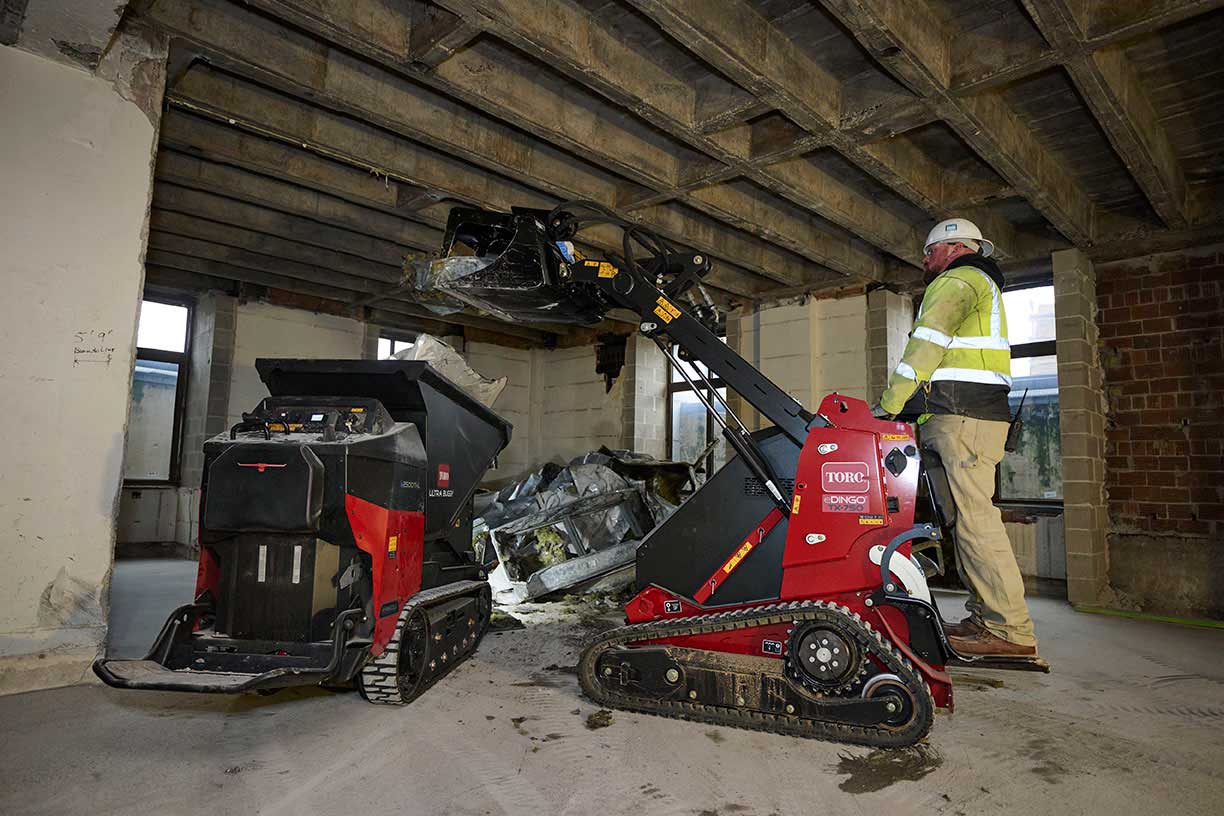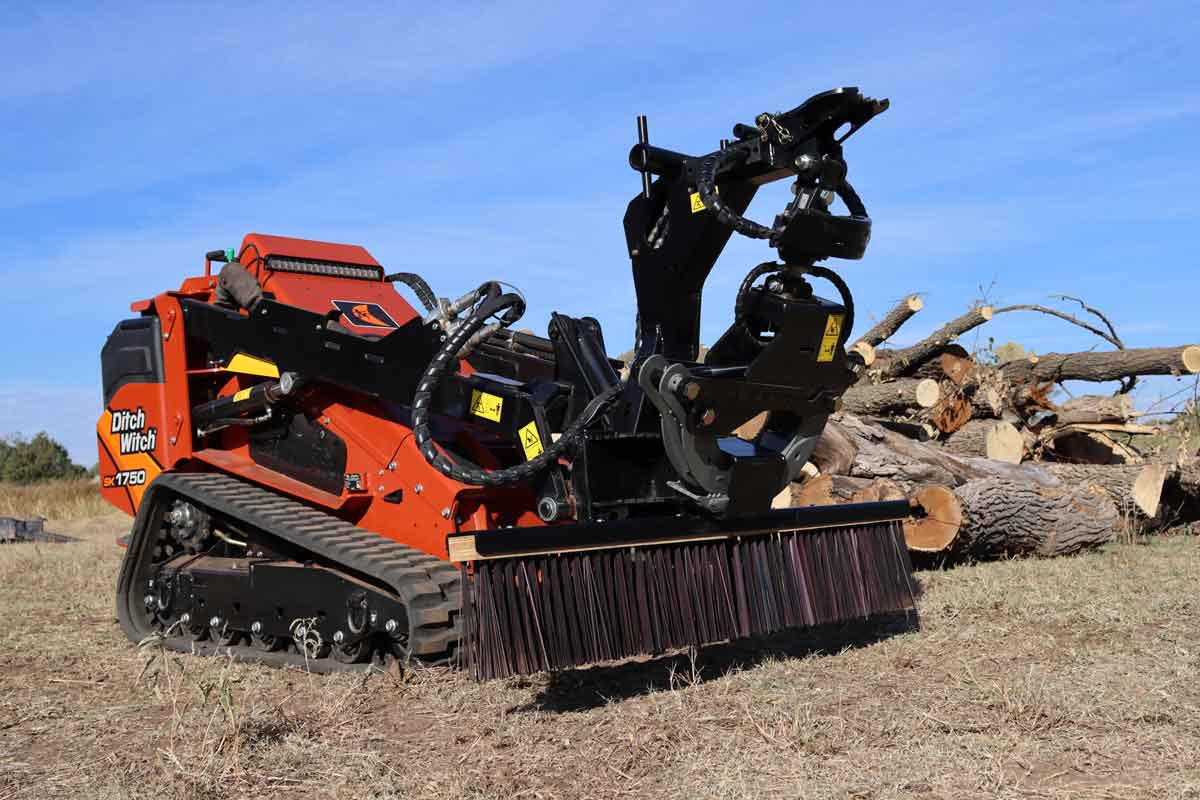Kanga Stand-On Mini Loader Specs and Lineup Summary

Five Loaders Backed by 40-Plus Years of Design and Manufacturing
This post is a part of Compact Equipment‘s Compact Tool Carrier Spec Guide, which was featured in our March/April 2024 issue. View the magazine version of these summaries by clicking right here. Or sign up for the print edition right here. Now enjoy!
First built in 1981, Kanga was the world’s first commercially produced stand-on mini loaders. Originally designed as a motorized wheelbarrow, the idea developed into an earthmoving tool which would change countless industries and be copied by dozens of companies. In 1995, the Kanga Loader was introduced into the United States under the name of Finn. Later, the manufacturing agreement was transferred to Compact Power who called the loaders the Powerhouse and the Prodigy. In 2020, Kanga Loaders relaunched into the United States under its own name for the first time. Kanga Loaders are manufactured at Kanga’s purpose-built facility in Australia.
Kanga currently has five different variations of loaders available, paired with 40 plus attachments. Let’s start with its newest model, the 2 Series Loader. It is the world’s smallest multi-task compact skid steer loader, which allows you to complete the toughest jobs in limited access areas. This loader comes in a wheeled or tracked version. Kanga’s medium size loaders are the 6 and 7 Series. The 6 features large 23-in. tires for better ground clearance and faster ground speed while the 7 comes with tracks. Both models are available in either gas or diesel.
Kanga’s 8 Series
The 8 Series is the company’s largest machine, available in wheeled or tracked versions. The 8 Series features a powerful and durable Kubota diesel engine. This range also comes in a remote-control version, which is ideal to undertake work in hazardous and high-risk work environments. It is an invaluable asset for those practicing effective risk management. The unmanned loader offers maximum protection and increases workplace safety by placing the operator out of the immediate vicinity of moving parts and hazardous or dangerous environments.

Kanga Loaders are built tough, featuring an all-steel construction and its legendary durability that you can count on year after year.
Safety has always been at the forefront of Kanga’s philosophy. An operator capsule protects the driver’s legs from crush injuries. Auxiliary and oil cut-off switches protect man and machine from harm while the controls ensure the operator is always gripping onto the machine. Lastly, the safer Kanga track system irons out bumps and obstacles.
The Kanga also features the highest ground clearance and approach and departure angles, allowing full loads to be safely carried with the arms resting on the chassis. Not only does this reduce stress on cylinders and pins but lowers the center of gravity for safer maneuvering around the worksite. The self-leveling bucket system ensures loads are lifted easily and efficiently with minimal operator input.

Questions Before Buying
“As compact utility loaders vary highly in their models and application, some questions before buying might help guide you in the right direction,” explains Rod Lehpamer, Kanga Loaders general manager. “For example, consider the size of your workspace. Is it confined or narrow? Are there height restrictions? Do you have a preferred engine type — gas or diesel? Other key factors to consider are how long the brand has been in the industry and if they offer after-sales service and support. A good tip to finding the perfect loader is always asking for a demonstration of the product. If after considering all the above, you still aren’t sure, read customer testimonials on social media or industry related forums.”
This article was compiled with the help of Kanga Loaders.




